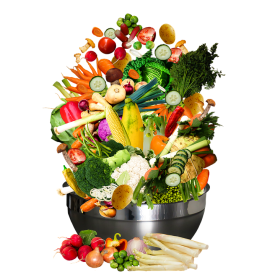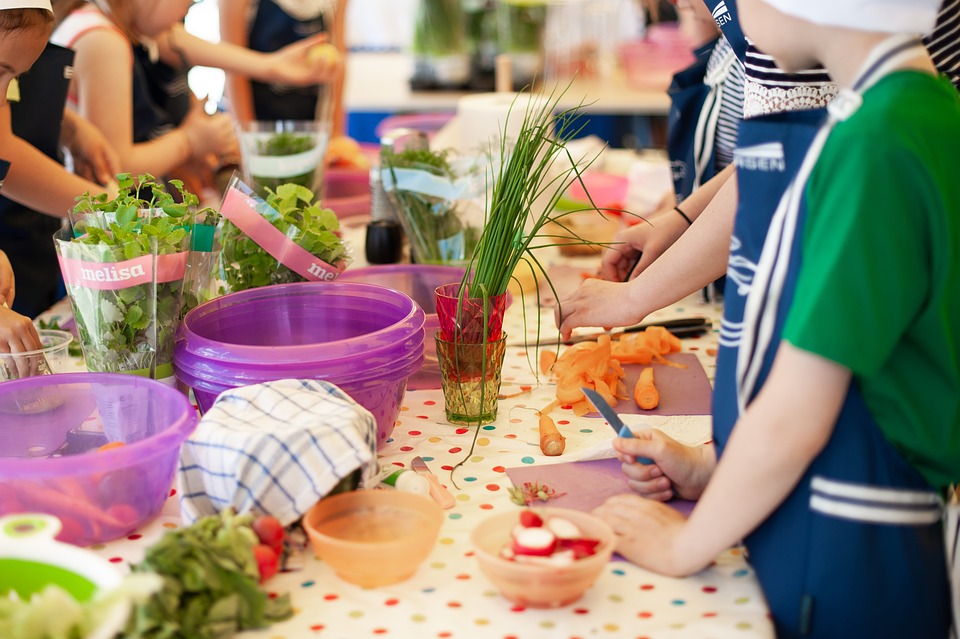
Cooking pots are an essential tool in the kitchen, and the material they are made of can have a significant impact on the taste, texture, and nutritional value of your dishes. In this article, we will dive into the science behind cooking pots and explore how different materials can affect the outcome of your cooking.
Types of Cooking Pot Materials
There are several different materials commonly used to make cooking pots, each with its own unique properties and characteristics. The most common materials include:
- Stainless Steel
- Cast Iron
- Aluminum
- Copper
- Non-stick Coatings
Stainless Steel
Stainless steel is a popular choice for cooking pots due to its durability, resistance to corrosion, and non-reactive nature. It is an excellent conductor of heat, making it ideal for even cooking and heat distribution. Stainless steel pots are also easy to clean and maintain, making them a versatile option for a wide range of dishes.
Cast Iron
Cast iron pots are known for their excellent heat retention and distribution, making them ideal for slow cooking and braising. They are also great for searing and frying, as they can retain high temperatures for a long time. However, cast iron pots require seasoning and proper maintenance to prevent rust and maintain their non-stick properties.
Aluminum
Aluminum is a lightweight and affordable option for cooking pots. It is an excellent conductor of heat, but it can react with acidic ingredients, affecting the taste and appearance of your dishes. Anodized aluminum pots are a popular choice, as they have a non-reactive surface that is resistant to corrosion and scratches.
Copper
Copper pots are prized for their superior heat conductivity, making them ideal for precise temperature control. They are often lined with stainless steel or tin to prevent the metal from reacting with acidic ingredients. Copper pots are also known for their elegant appearance and are commonly used by professional chefs.
Non-stick Coatings
Non-stick coatings, such as Teflon, are often applied to aluminum or stainless steel pots to prevent food from sticking to the surface. While non-stick coatings make cleaning a breeze, they can deteriorate over time and release harmful chemicals when heated at high temperatures. It is essential to use non-stick pots and pans with care and replace them when the coating shows signs of wear.
The Impact of Cooking Pot Materials on Your Dishes
The material of your cooking pot can have a significant impact on the taste, texture, and nutritional value of your dishes. Here are some ways in which different materials affect the outcome of your cooking:
- Heat Conductivity: Different materials conduct heat differently, affecting the rate and consistency of cooking.
- Reactivity: Some materials can react with acidic or alkaline ingredients, altering the taste and appearance of your dishes.
- Heat Retention: The ability of a cooking pot to retain heat can affect the cooking time and texture of your food.
- Non-stick Properties: Non-stick coatings can make cooking and cleaning easier, but they require careful maintenance to prevent wear and tear.
- Appearance: The material of your cooking pot can also affect the presentation of your dishes, especially for serving and presentation.
Conclusion
Choosing the right cooking pot material is essential for achieving the desired outcome in your cooking. Each material has its own unique properties and characteristics, and understanding how they affect your dishes can help you make informed decisions in the kitchen. Whether you prefer the excellent heat conductivity of copper, the durability of stainless steel, or the rustic charm of cast iron, there is a cooking pot material that suits your cooking style and preferences.
FAQs
1. Are non-stick coatings safe to use?
While non-stick coatings make cooking and cleaning easier, it is essential to use them with care and avoid overheating. Overheating non-stick pots and pans can release harmful chemicals, so it is crucial to follow the manufacturer’s guidelines and replace them when signs of wear appear.
2. How do I maintain cast iron pots?
Cast iron pots require seasoning to maintain their non-stick properties and prevent rust. After each use, clean the pot with warm water and a stiff brush, then thoroughly dry and coat it with a thin layer of oil. Store the pot in a dry place to prevent rusting.
3. Can I use copper pots on an induction cooktop?
Some copper pots are compatible with induction cooktops, but it is essential to check the manufacturer’s specifications to ensure compatibility. Induction-compatible copper pots have a magnetic layer on the bottom to facilitate heat transfer.
Why We Need Website
Having a website allows us to share valuable information like the science of cooking pots with a broader audience. It provides a platform for us to connect with readers, share our expertise, and showcase our commitment to providing informative and engaging content on a variety of topics. Our website also enables us to reach potential readers who may be searching for specific information on cooking pots and related subjects.
Quality Keywords
The use of quality keywords is essential for ranking our article or post on search engines. By incorporating relevant keywords such as “cooking pots,” “cooking pot materials,” “non-stick coatings,” and “impact on dishes,” we can improve the visibility of our content and attract more readers who are interested in the science behind cooking pots.


